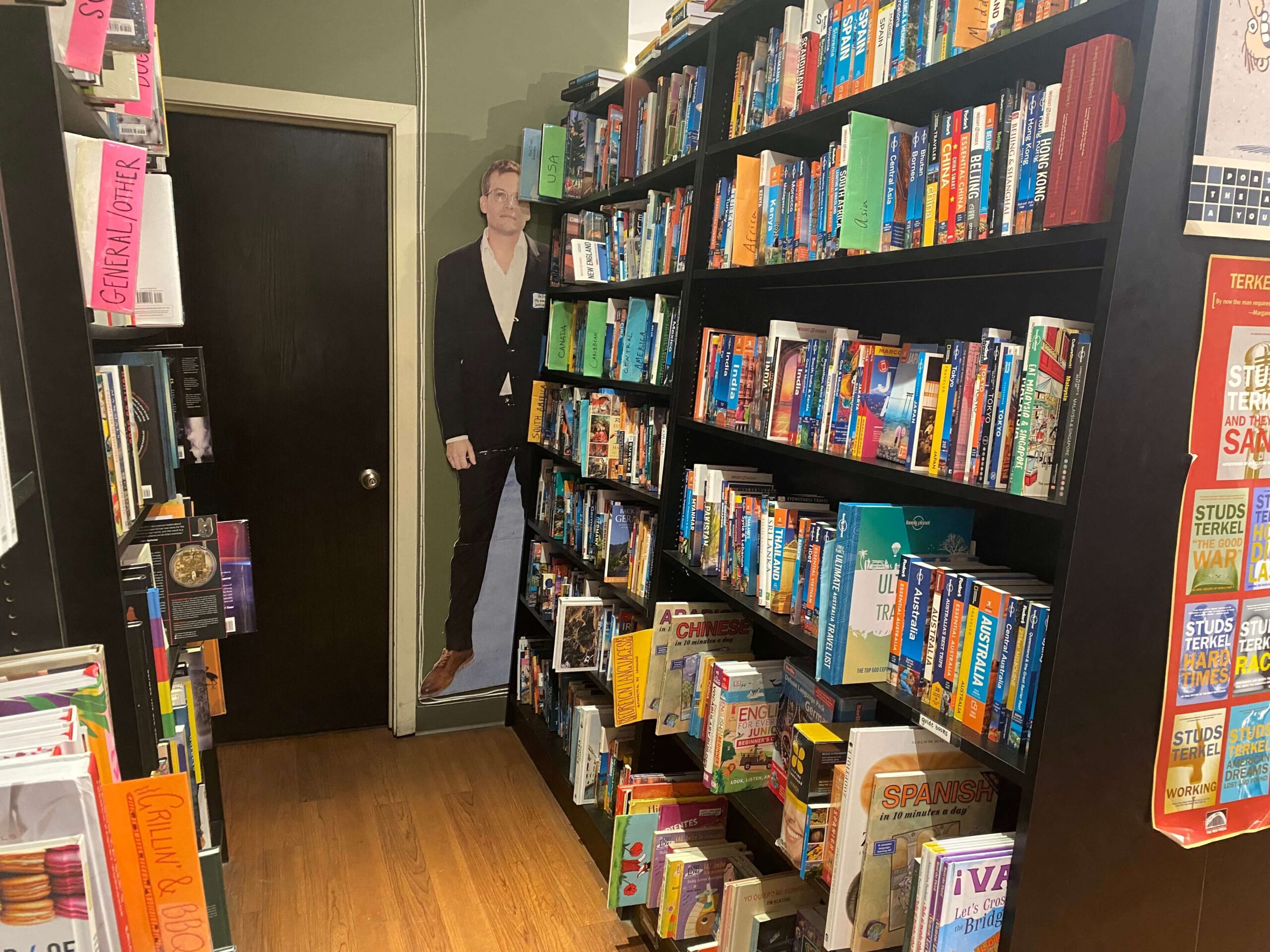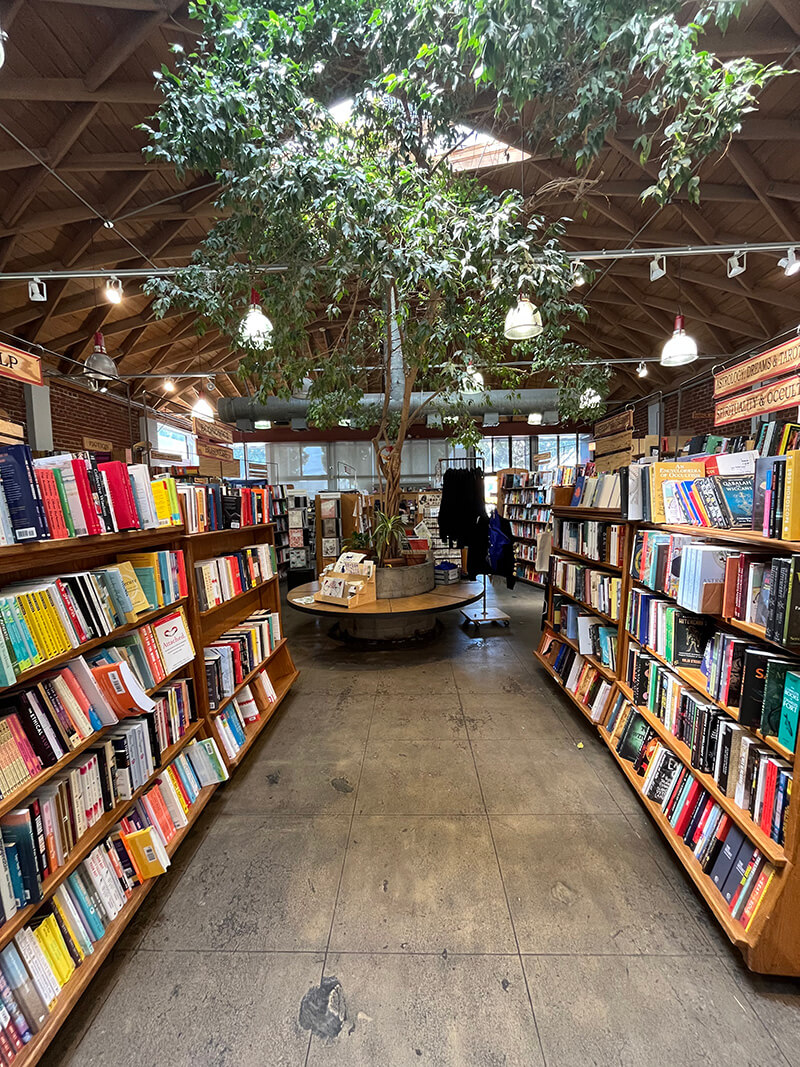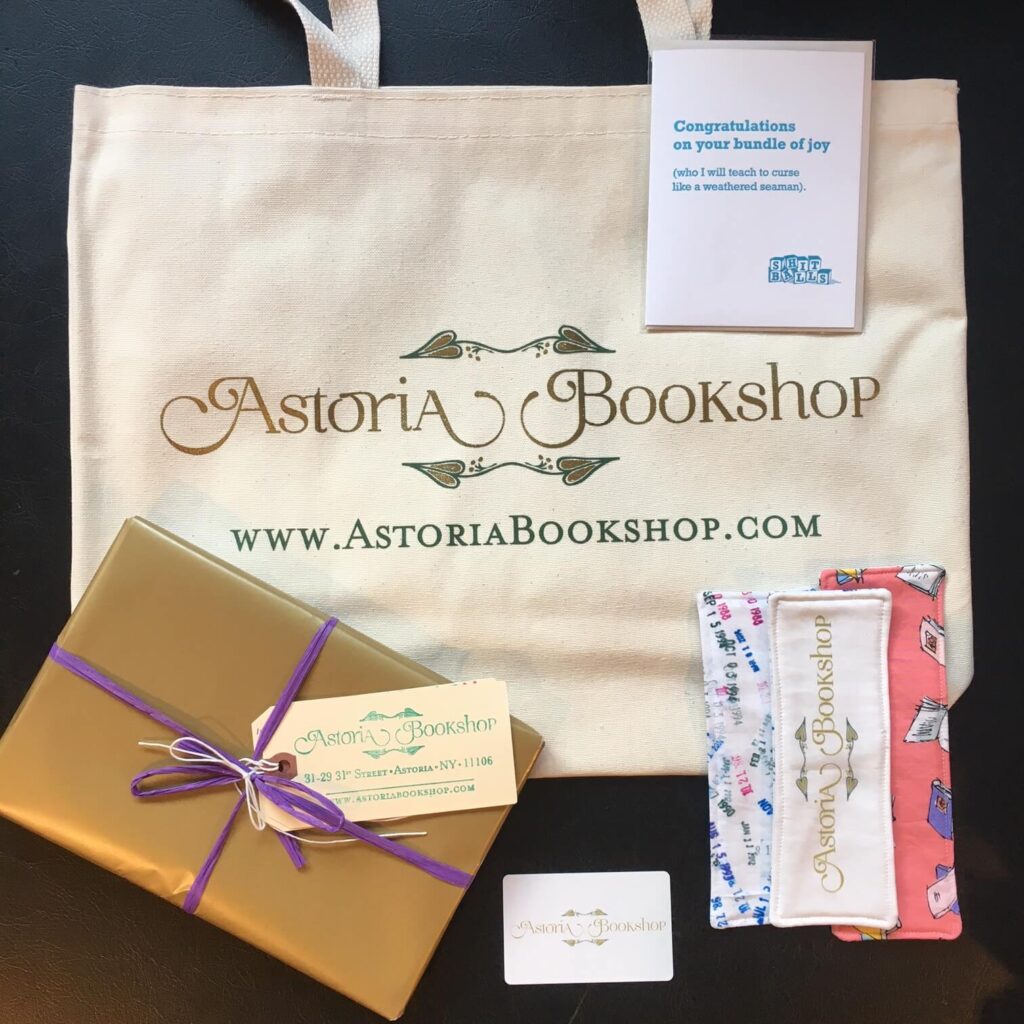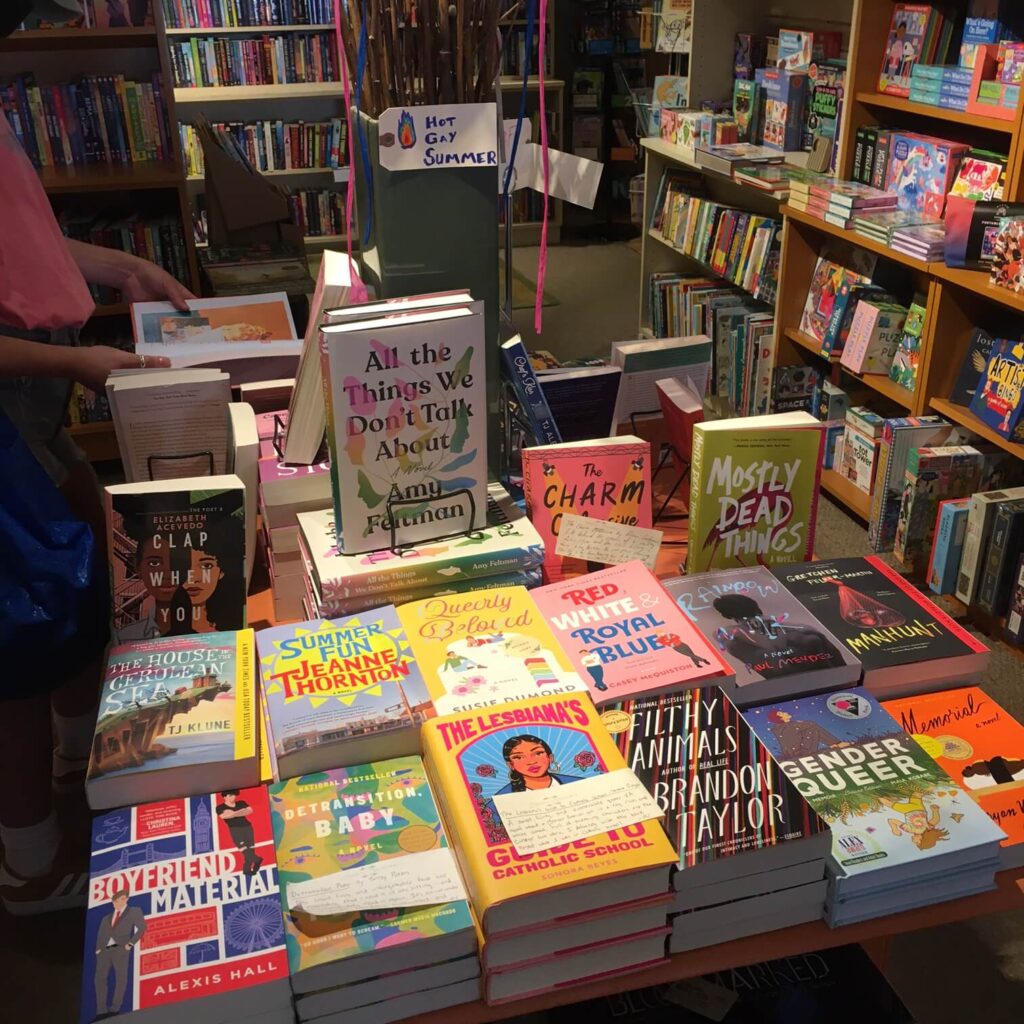When should an author hire an editor? How much “pre-editing” should an author do before sending their manuscript off for an edit? Can authors professionally edit their own manuscripts?
These are some of the many editing questions we’ve heard from authors over the years, and today on the blog we’re getting answers from professional Books Fluent editor and published author Wes J. Bryant, who has a unique understanding of editing from “both sides of the desk.”
Wes is the coauthor of the book Hunting the Caliphate: America’s War on ISIS and the Dawn of the Strike Cell, a first-person account cowritten alongside the former ground force commander of Iraq, retired Major General Dana J.H. Pittard.
An accomplished editor, Wes details what authors should consider before turning in their manuscripts for a professional edit.
How does your background as a published author influence your perspective as an editor?
Great question! First, it gives me a passion for helping shape and polish the work of fellow authors. In my own published work, I’ve had some great editors and then I’ve had some who clearly didn’t put a lot of effort in, or maybe didn’t know what they were doing—the difference is very easily noticeable. And it’s very disappointing as an author to get your manuscript back and feel like the person who was supposed to help you either didn’t care about your work or shouldn’t be doing editing. I am adamant about putting the same effort into every job that I’d want someone else to put into my own work. Second, I’m able to take lessons learned from my own published material—what I thought went great, and what I’d have changed in hindsight—and apply those lessons to my editing jobs.
What’s one of the most common, seemingly simple edits you come across that most authors overlook?
Well, maybe this isn’t that “simple,” but it’s very common: I’ve found that many authors tend to over-capitalize. Proper nouns abound! In non-fiction, you have to figure out when your word usage constitutes a proper noun and when it does not (sometimes it varies, given the context) and so, it’s a little challenging at times. Fiction is a bit easier but also tricky, because a fiction writer, depending on the material, often has the flexibility of being able to “make up” their own proper nouns. Think of a fantasy novel and all the different beings or races and whatever else you can conjure up in your own world. But that can still get to be too much. You have to read through your own work from a reader’s perspective and ask yourself honestly how it reads. Lots of capitalizations hurt the flow. That may be one of my “isms” as an editor, but I’m sticking to it!
What should an author consider before turning in their manuscript for a professional edit?
Running your own edits and proofreads before handing it in for professional editing will likely give you a better end-product. I’ve had jobs where the work was very rough, and arguably could have been cleaned up a little more by the author before going to professional editing. As an editor, I’m happy to do any of the work necessary. But if I spend much of my focus on fixing a lot of fairly simple mistakes as I go through a manuscript, it will naturally detract from some of the other polishing I might otherwise do. Not intentionally by any means—simply as a byproduct of being bogged down with all the fixes.
Do you find it easier to edit someone else’s work, or your own?
It is far easier to edit others’ work, without a doubt! I have become a staunch proponent of the idea that every author—no matter how great—needs more than one outside pair of eyes and objective editing. I near-obsessively edit my own work and yet, every time I hand it over to someone else especially an experienced editor, there are inevitably things that I somehow missed even going over it a hundred times, or suggestions that never dawned on me for things like clarity, brevity, rearranging a section, etc.
Bonus: In your opinion, what does it mean to be a “successful” writer?
Well, what is successful always comes down to how you define success. I think that, culturally, the most common idea of success as a writer is how many books or other publications you’ve sold, or whether you had something go mainstream or even turn into a movie or television adaptation. That is certainly a measure of success. But the truth is that there is some very subpar content out there that still makes a lot of money and has great financial return. It’s not always about the quality of the writing or material. Sometimes it’s more about who it was marketed to, or who it was written by.
But I define success differently. To me, success as a writer means that your words have had a positive impact on someone, somewhere, at some time. Through the words you crafted, you communicated something that had an enriching effect in the world, be it by invoking wonder, by relaying information to make someone better informed in a subject, by making someone feel a powerful emotion or experience, or even just by entertaining and immersing a reader into a made-up world. To communicate anything that carries a real, enriching impact, that’s success to me. The handful of messages I’ve received, or in-person encounters I’ve had, where someone thanked me for what I wrote and relayed how it enlightened or helped them in some way or that my words had an emotional impact—that is like gold and means more than any proceeds or royalties (although, those are nice too if they come in!).
Wes J. Bryant is a retired master sergeant and former special operations joint terminal attack controller in the elite special warfare branch of the U.S. Air Force. He is an author, editor, and defense analyst with focus on foreign policy, counterterrorism, and extremism, and works as a defense and aerospace professional specializing in advanced communications technologies. Wes holds a Bachelor of Arts in Asian Studies from the University of Maryland, a Master of Professional Studies in Publishing through George Washington University, and is currently pursuing his Master of Science in Business and STEM studies through George Washington University. He has contributed to such outlets as the Washington Post, New York Times, Politico, Military Times, Insider, Task & Purpose, Real Clear Defense, and the Institute for Irregular Warfare and Lieber Institute for Law and Warfare at West Point, and has been a guest contributor on BNC News. You can follow him on Facebook, Twitter, and Instagram @wesjbryant, LinkedIn, or visit his site at wesjbryant.com.

A former award-winning journalist with national exposure, Marissa now oversees the day-to-day operation of the Books Forward author branding and book marketing firm, along with our indie publishing support sister company Books Fluent.
Born and bred in Louisiana, currently living in New Orleans, she has lived and developed a strong base for our company and authors in Chicago and Nashville. Her journalism work has appeared in USA Today, National Geographic and other major publications. She is now interviewed by media on best practices for book marketing.


 What’s your favorite area of your bookstore?
What’s your favorite area of your bookstore?
 What’s your favorite area of your bookstore?
What’s your favorite area of your bookstore? What author have you been starstruck to meet, or have you gotten to host a fun virtual event?
What author have you been starstruck to meet, or have you gotten to host a fun virtual event?



 What’s your favorite area of your bookstore?
What’s your favorite area of your bookstore? Do you have a strange customer story?
Do you have a strange customer story? Can you recommend an underrated read-a-like book for one of the store’s top titles?
Can you recommend an underrated read-a-like book for one of the store’s top titles?
 What is your favorite area of your bookstore?
What is your favorite area of your bookstore?







 What’s your favorite area of your bookstore?
What’s your favorite area of your bookstore?
 What is your favorite area of your bookstore?
What is your favorite area of your bookstore?
 Bryan E. Robinson is an author, psychotherapist, and Professor Emeritus at the University of North Carolina at Charlotte. He is Chief Architect Officer (CAO) of ComfortZones Digital, Inc. He is a regular contributor to Killer Nashville Magazine, The Big Thrill, Thrive Global, and Forbes.com. He has authored forty nonfiction books, including his latest, the 4th edition of Chained to the Desk (2023) and #Chill: Turn Off Your Job and Turn on Your Life (2019). His books have been translated into fifteen languages, and he has written for over one-hundred professional journals and popular magazines. He has won two awards for writing and has lectured across the United States and throughout the world. His work has been featured on every major television network. Way DEAD Upon the Suwannee River has been made into a pilot for a television series under the name of Limestone Gumption, and he has completed the second novel in the series, She’ll Be KILLING ‘Round the Mountain. Robinson maintains a private clinical practice in Asheville, North Carolina and resides in the Blue Ridge Mountains with his spouse, four dogs, and occasional bears at night.
Bryan E. Robinson is an author, psychotherapist, and Professor Emeritus at the University of North Carolina at Charlotte. He is Chief Architect Officer (CAO) of ComfortZones Digital, Inc. He is a regular contributor to Killer Nashville Magazine, The Big Thrill, Thrive Global, and Forbes.com. He has authored forty nonfiction books, including his latest, the 4th edition of Chained to the Desk (2023) and #Chill: Turn Off Your Job and Turn on Your Life (2019). His books have been translated into fifteen languages, and he has written for over one-hundred professional journals and popular magazines. He has won two awards for writing and has lectured across the United States and throughout the world. His work has been featured on every major television network. Way DEAD Upon the Suwannee River has been made into a pilot for a television series under the name of Limestone Gumption, and he has completed the second novel in the series, She’ll Be KILLING ‘Round the Mountain. Robinson maintains a private clinical practice in Asheville, North Carolina and resides in the Blue Ridge Mountains with his spouse, four dogs, and occasional bears at night.

